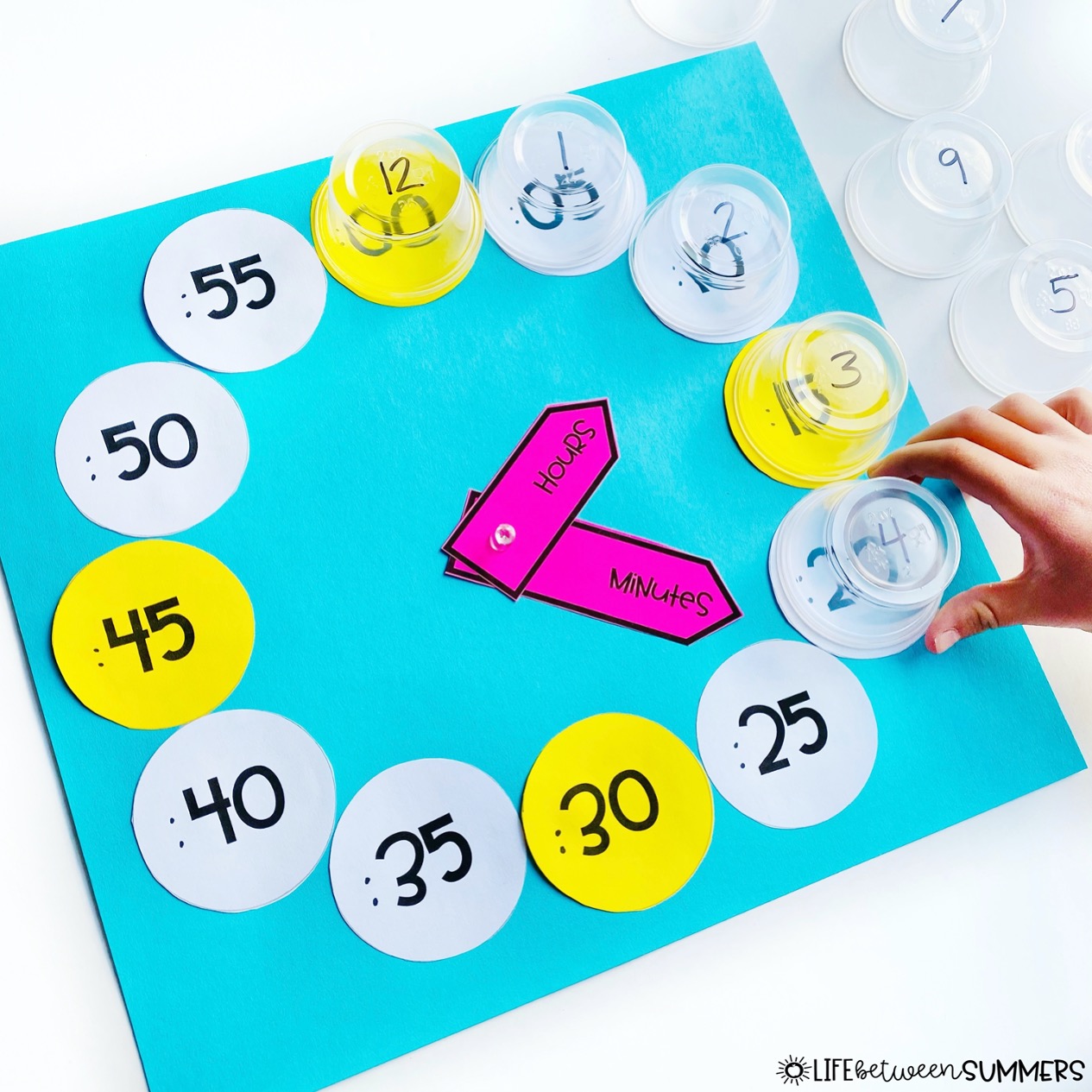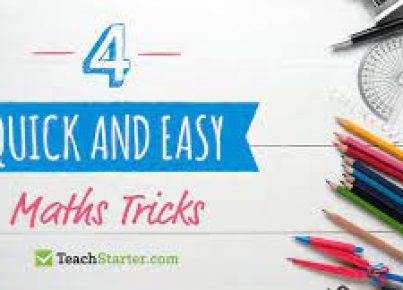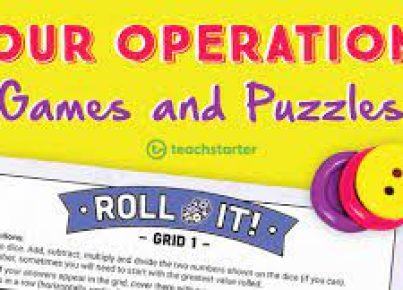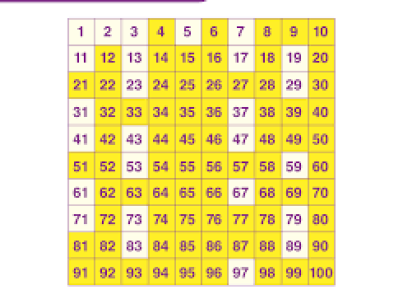1. Homemade Clocks: Encourage creativity by having children create their own analog clock with paper plates, a brad, and cardboard for the hands.
2. Clock Play-Doh: Create functional clocks using Play-Doh as the base, and pipe cleaners for the clock hands.
3. Human Clock Game: Have students stand in a circle and use their bodies as the clock hands to act out different times.
4. Matching Pairs: Using printables, create matching pairs of analog and digital clocks displaying the same time and get kids to pair them up.
5. Time Relay: Divide students into teams. Each team member must race to set a clock to the correct time provided and then pass it on to the next teammate.
6. Telling Time Bingo: Create bingo cards with various times on them and call out times in both analog and digital formats.
7. Clock Races: Create a giant floor clock using chalk or tape, and have children race to move the hands to match a given time.
8. Sing Along: Teach children songs that help them remember hours, minutes, and how to tell time on an analog clock.
9. I Spy Time: Call out random times as “I spy…” statements and challenge children to show the correct time on their personal clocks.
10. Clothespin Clocks: Use a paper plate as the base of a clock and attach clothespins labeled with different times around the edge.
11. Hopscotch Clocks: Set up a hopscotch grid with numbers along the edges representing minutes or hours to make learning more interactive.
12. Interactive Whiteboard Tools: Utilize interactive whiteboard tools or apps that teach telling time through games, quizzes, or explorable digital clocks.
13. Books About Telling Time: Read stories that incorporate scenarios where telling time is essential to develop children’s understanding of its importance.
14. Time Scavenger Hunt: Create a scavenger hunt with clues that require children to tell the time and solve the puzzles.
15. Telling Time Videos: Introduce entertaining and educational videos about telling time from well-known educational channels or resources.
16. Time Worksheet Challenges: Create worksheets with different levels of difficulty, challenging children to master their time-telling skills.
17. “What’s The Time, Mr. Wolf?”: Adapt this classic game for telling time practice by having the “wolf” shout out different times while the other players try to set their clocks correctly.
18. Time Capsule Project: Guide children in making a personal time capsule, discussing concepts of past, present, and future while encouraging creativity.
These fun and engaging activities will not only spark an interest in telling time but also provide hands-on learning experiences that develop important lifelong skills.





